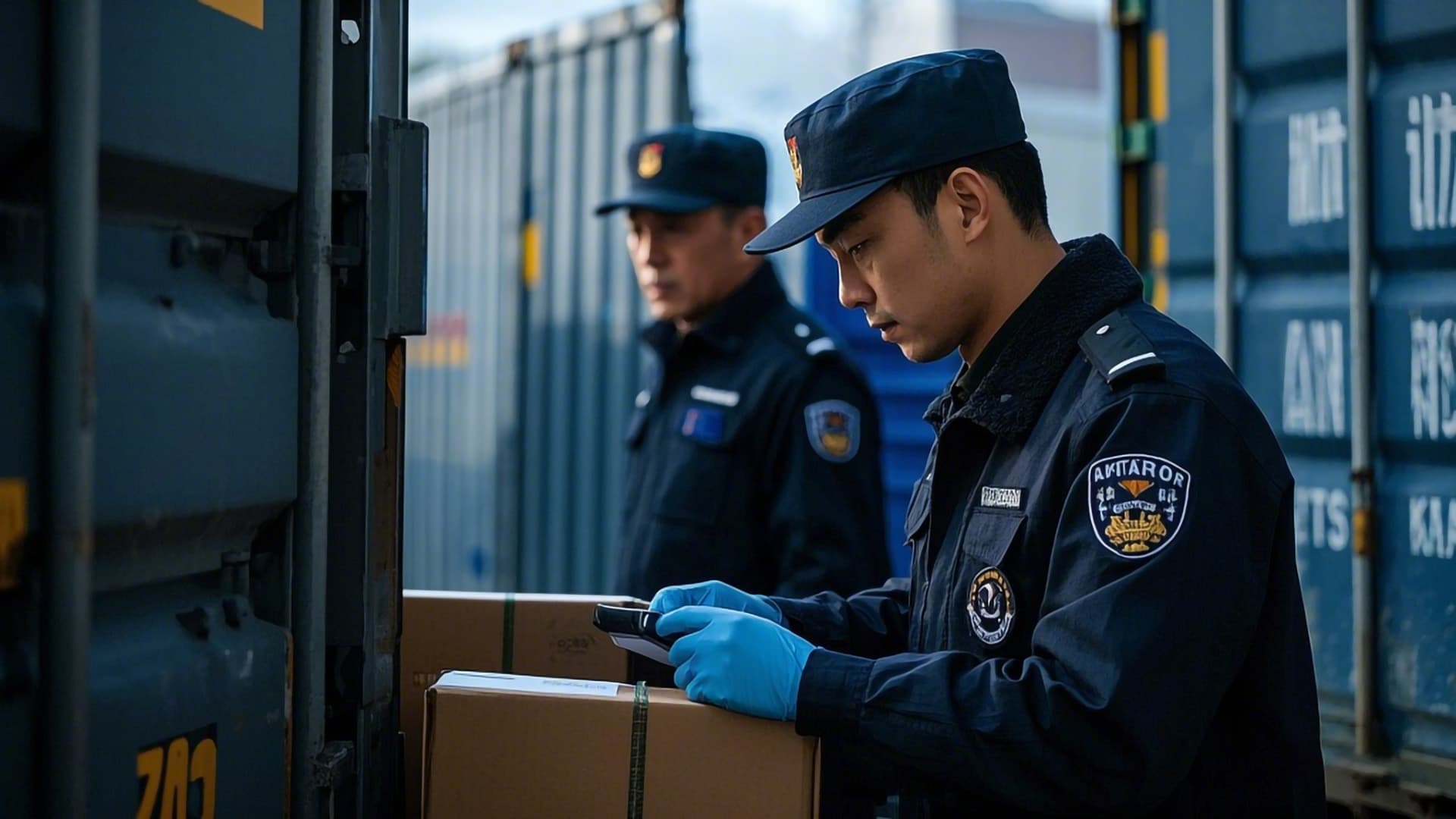International trade relies on seamless cross-border logistics, and customs clearance is a critical step in this journey. Whether you importing or exporting goods, Understanding this process can help you save time, money, and unnecessary headaches. In this guide, we answer key questions like What is customs clearance?How long does customs clearance take?and What happens after import customs clearance is completed?, while breaking down costs, steps, and common errors.
1. What is Customs Clearance?
Customs clearance is the legal process of moving goods across international borders. It involves submitting documentation, paying duties and taxes, and complying with regulations to ensure goods are approved by customs authorities.
Key Points:
-
Purpose: Ensure goods meet legal, safety, and tax requirements.
-
Parties Involved: Importers, exporters, customs brokers, and government agencies.
-
Key Terms: Export customs clearance complete and import customs clearance completed indicate successful authorization for goods to leave or enter a country.
Without proper clearance, shipments risk delays, fines, or confiscation. For example, if customs clearance completed documentation is missing, your cargo might remain stuck at a port.

2. How Long Does Customs Clearance Take?
Factors affecting customs clearance time:
-
Country-Specific Rules: Some nations process shipments in 24 hours; others take weeks.
-
Document Accuracy: Errors in paperwork cause delays.
-
Type of Goods: Restricted items (e.g., pharmaceuticals) require extra checks.
-
Customs Workload: Peak seasons (e.g., holidays) slow processing.
Average Timeframes:
-
Simple Shipments: 1~3 days.
-
Complex Shipments: 7+ days (e.g., goods needing inspections or permits).
-
After Import Customs Clearance Completed: Delivery typically takes 1~2 days.
Pro Tip: Avoid the hassle by working with a customs broker.
3. What Are the Costs of Customs Clearance?
Factors affecting the cost of customs clearance:
Common Fees:
-
Duties and Taxes: Based on product value, type, and origin country.
-
Brokerage Fees: 50~250+ for professional assistance.
-
Storage Fees: If goods are held at ports (e.g., 50–50–100/day).
-
Penalties: For undervalued goods or missing documents.
Example Calculation:
A $10,000 shipment to the U.S. might incur:
-
Import Duty (5%): $500
-
Broker Fee: $150
-
Total Custom Clearance Charges: $650
Always ask the service provider for a breakdown of costs to avoid extra charges.
4. Step-by-Step Customs Clearance Process
Understanding the steps ensures a smooth export customs clearance complete or import process:
Step 1: Prepare Documentation
-
Commercial invoice
-
Packing list
-
Bill of lading/Airway bill
-
Certificates (e.g., FDA, phytosanitary)
Step 2: Submit Entry to Customs
A customs broker files documents electronically. Authorities review the shipment value, classification, and compliance.
Step 3: Pay Duties and Taxes
Once calculated, pay fees to release goods.
Step 4: Inspection (If Required)
Random or risk-based inspections add time.
Step 5: Release and Delivery
After import customs clearance completed, goods move to their final destination.
For exports, export customs clearance complete means goods can depart.
5. Common Customs Clearance Mistakes
Mistake 1: Incomplete or Incorrect Documents
Missing signatures, wrong HS codes, or undervalued goods.
Fix: Double-check all paperwork.
Mistake 2: Misclassifying Goods
Wrong HS codes lead to overpayment or penalties.
Fix: Use online tariff databases or consult a broker.
Mistake 3: Ignoring Restricted Items
Some countries ban specific products (e.g., copyright goods).
Fix: Research regulations beforehand.
Mistake 4: Not Tracking Shipments
Lack of visibility delays responses to customs requests.
Fix: Use real-time tracking tools.
What Happens After Import Customs Clearance is Completed?
Once customs clearance completed status is achieved:
-
Goods are released to the importer.
-
Logistics providers arrange final delivery.
-
Keep records for audits (e.g., 5+ years in the U.S.).
For exports, export customs clearance complete means your goods are en route to their destination country.
Final Tips for Efficient Customs Clearance
-
Partner with experienced brokers.
-
Automate documentation with trade software.
-
Stay updated on regulatory changes.
By mastering the customs clearance process, you minimize clearance fee customs costs, avoid delays, and keep your supply chain running smoothly.If you have any questions or needs in this regard, please contact us!
Comments on “What is Customs Clearance? A Complete Guide to Time, Costs, and Process”